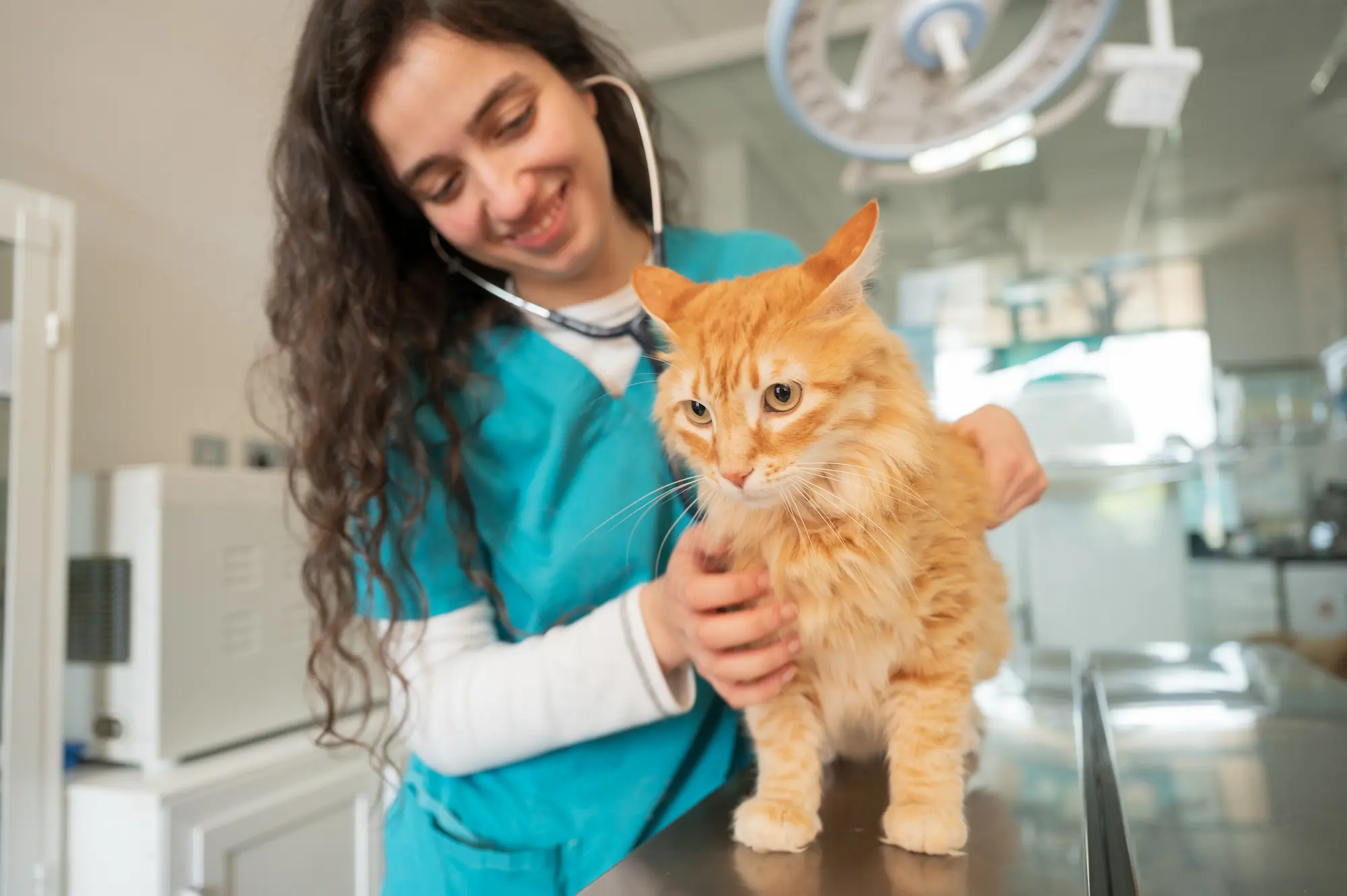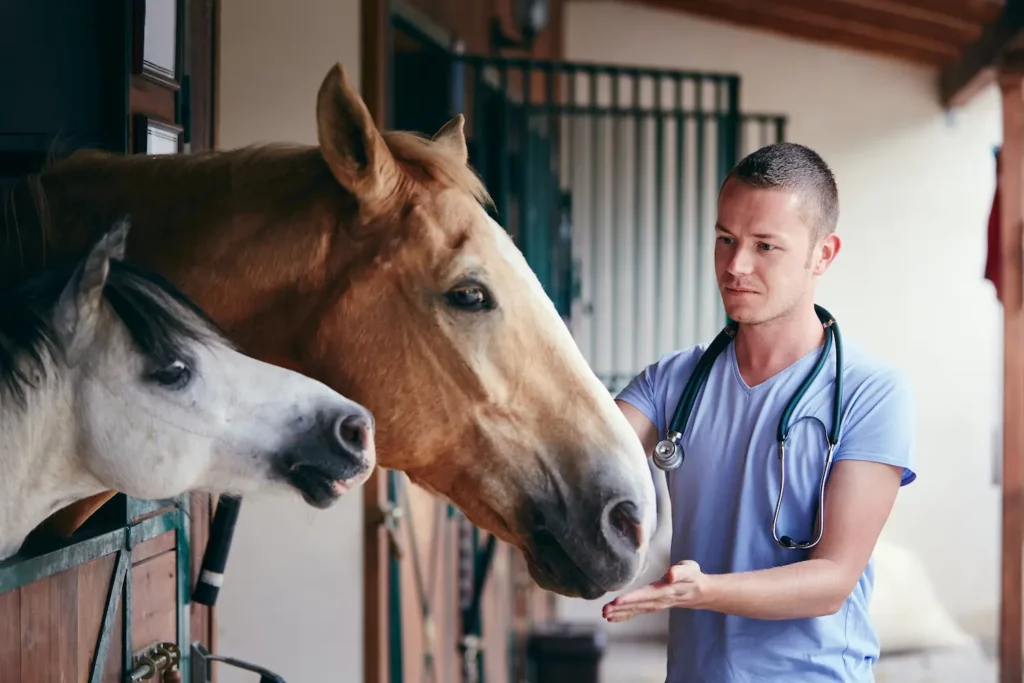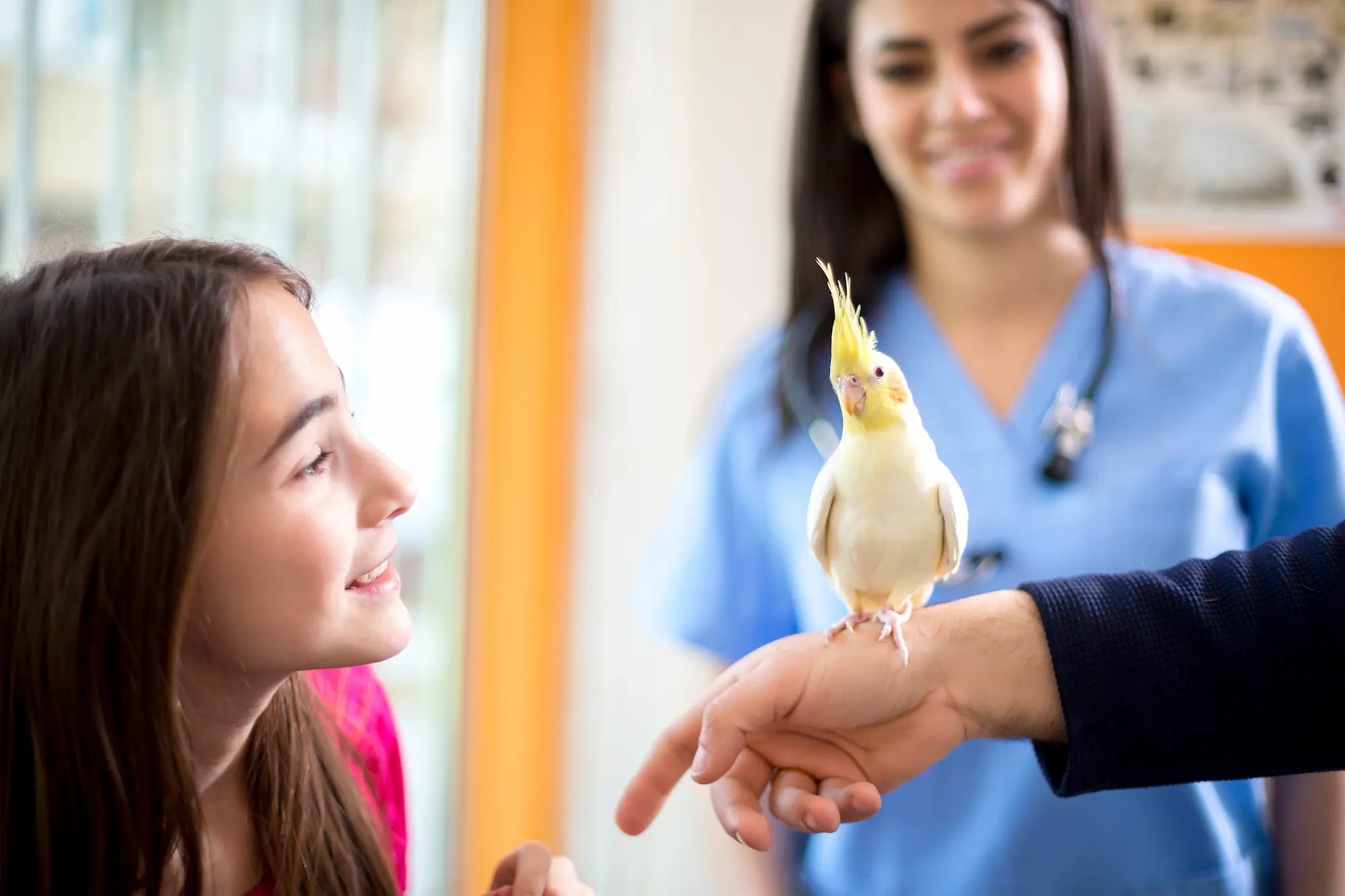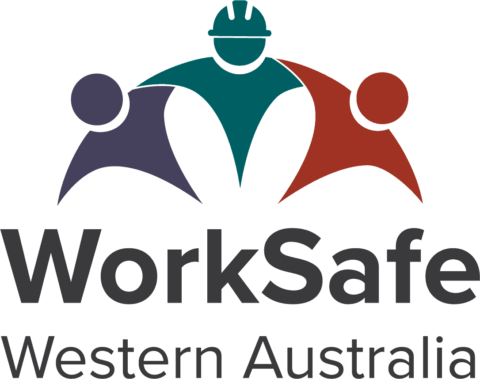Veterinary and Animal Care Industry Module
The veterinary and animal care industry offers great job opportunities and a rewarding career path for young workers. This industry appeals to those who are passionate about animal welfare and want to make a difference.
Young workers may provide care and support in places such as veterinary clinics, animal hospitals, shelters, pet shops, boarding and daycare facilities, zoos, and wildlife sanctuaries.
20.1%
Be Aware
of work-related injuries in this industry involve young workers.
That's 1 in 5.
Be smart. Stay safe.
Module structure
9 Sections
Each with a quiz, followed by a fun ‘Spot the Hazard’ industry simulation.
25 to 30 Minutes
Estimated learning time
100% pass required, but don’t worry, you get unlimited attempts.

Caring for animals starts with caring for you
Young workers may face challenges such as unpredictable animal behaviour, fast-paced environments, or handling equipment or materials.
In this industry, young people may take on roles such as:

Animal Attendant or Kennel Hand
Feeding, cleaning, exercising, and caring for animals in shelters, boarding facilities, or clinics.
Veterinary Assistant or Trainee
Supporting vets and nurses with tasks like preparing equipment, handling animals, cleaning treatment areas, and basic admin duties.
Pet Shop or Pet Service Assistant
Caring for animals in-store, restocking supplies, and helping customers choose products for their pets.
Wildlife or Zoo Assistant
Assisting with feeding, enclosure cleaning, and basic animal care under supervision in wildlife parks or zoos.
To care for animals well, it’s important to look after your own health and safety. Staying safe on the job helps you work confidently, protect yourself from harm, and provide the best care for the animals that depend on you.
Statistics
Top incidents causing injuries
These are the top incidents causing injuries to young workers in the veterinary and animal care industry, based on a five-year average.
Extra hazards that could affect you at work
Contact with a chemical or hazardous substance
Hitting hypodermic syringe
Noise
Radiation
Zoonoses
Work-related stress
Source
WorkCover WA claims data (2019–20 to 2023–24p), analysed by WorkSafe WA, 2025.
Notes
- Calculations are based on a five-year total from 2019-20 to 2023-24p.
- Percentages are based on all incident types; totals may not sum to 100% due to rounding or overlapping categories.
- Injuries are measured by the number of LTI/Ds (lost time injuries/diseases), defined as one or more days/shifts lost.
- The SmartMove veterinary and animal care industry is classified under ANZSIC 2006 -Group 697: Veterinary Services.
Build your safety smarts?
Start SmartMove to build your safety smarts, protect yourself, and provide the best care for the animals that depend on you.


